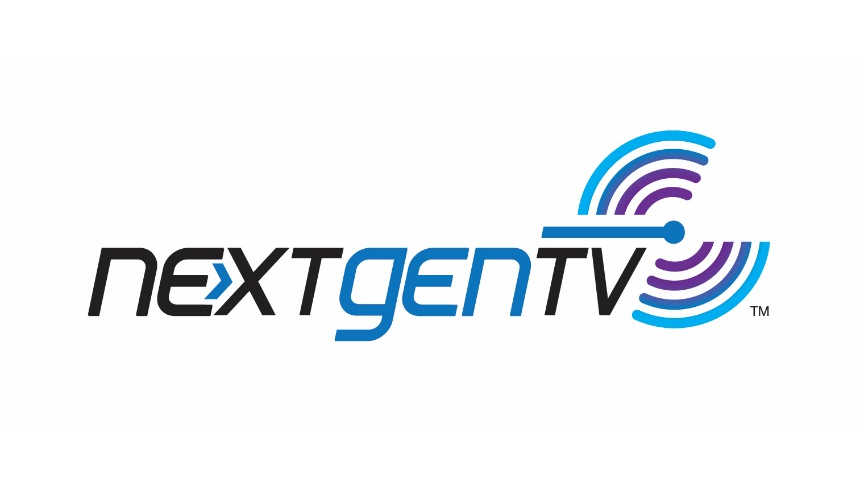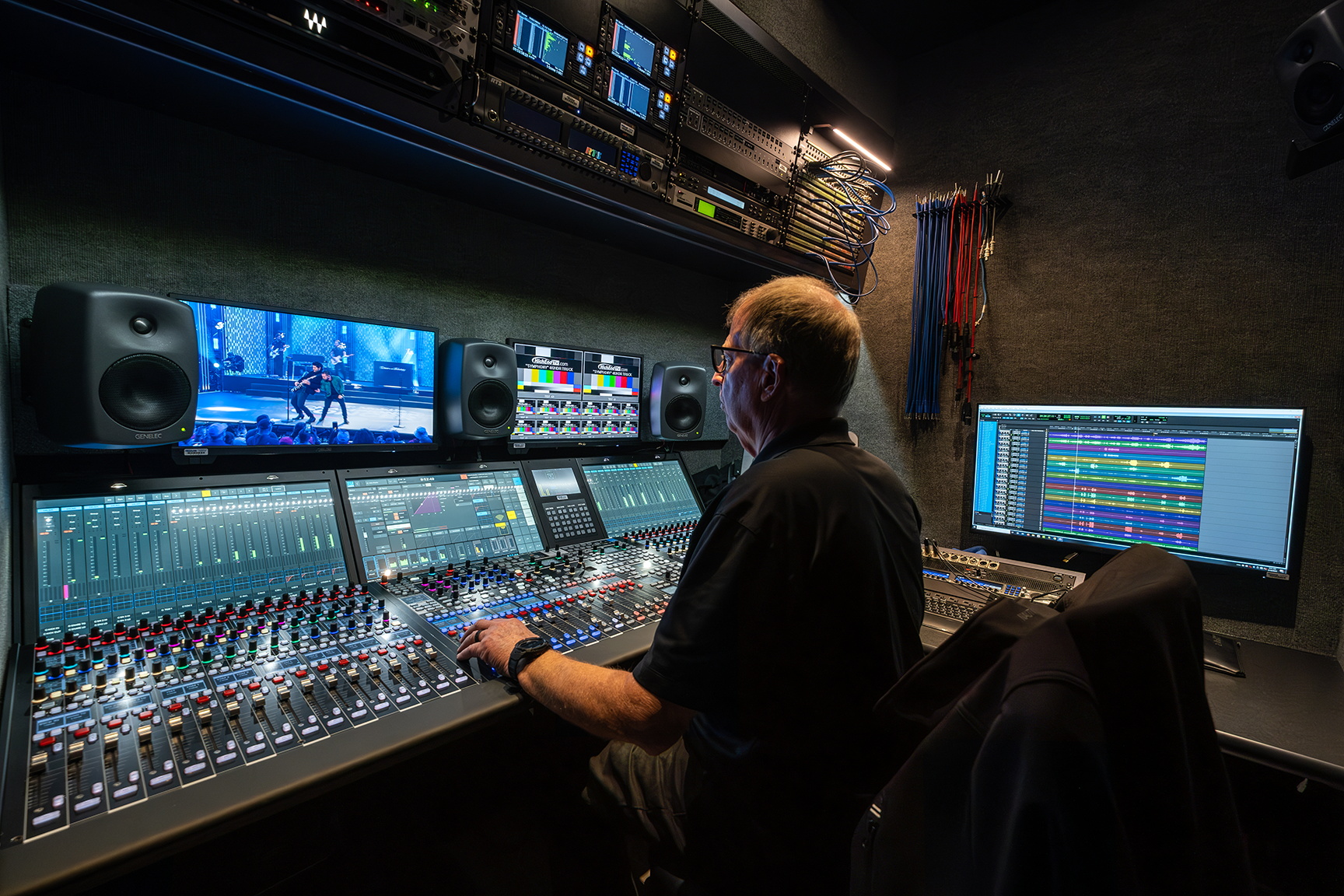Sinclair: Don’t Fall for the Hype on 5G Broadcast
In technology comparisons, it's crucial to separate what we think we know from the facts

Introduction
The Holy Grail of spectrum planning is finding the most efficient transmission path for the most used data. In today’s digital world, this data can range from NBA basketball games to enhanced GPS coordinates to 3D maps for autonomous cars. International and domestic spectrum czars have recognized that flexible channel use is the licensing key, and U.S. broadcasters have jumped at the opportunity. While continuing to provide public interest-based video programming, they are now fully embracing a new transmission standard: ATSC 3.0, aka NextGen Broadcasting.

The European Telecommunications Standards Institute, with help from the 3rd Generation Partnership Project (3GPP), has cobbled together a different option: the so-called “5G Broadcast System.” 5G Broadcast is built on the existing unicast 4G LTE waveform. It is far from “new.” Despite the hype (and money) surrounding these two options—ATSC 3.0 and 5G Broadcast—they are not equal. Is this Betamax vs. VHS? Blu-Ray vs. HD DVD? PlayStation vs. Xbox? Or is this something more dynamic? Which is better? Read on. (Spoiler alert: it’s ATSC 3.0!)
Background
Technological advances and audience demand have pushed past plain-old linear program services. Free over-the-air (OTA) transmissions are giving way to paid, on-demand services, both physically connected (cable, fiber, phones, internet) and wirelessly connected (satellites, cellular and WiFi). Those have been, by and large, inefficient, one-to-many, dedicated, unicast services.
U.S. broadcasters, recognizing their inherent advantage of robust, one-to-many, high power/high tower (HPHT) broadcast capabilities, have now added fundamental enhancements. Those include transmissions using the same “language” of the internet—Internet Protocol (IP)—and new frequency modulation and coding technologies for reliable mobile reception. They have also solved the challenge of delivering hyper-localized content to different parts of a community.
The new capabilities of ATSC 3.0 are elegant, efficient, and evolvable, aligning perfectly with the increased demand for multimedia content over mobile devices, which have swamped conventional cellular unicast networks. For television broadcasters, the ‘ALL IP’ standard and associated revenue projections have stoked the imaginations of those looking for whole new business opportunities.
The implied notion that, because 5G Broadcast is a 3GPP standard and in phones today, it somehow magically opens the market to hundreds of millions of devices compatible with 5G wireless reception is wishful thinking."
Meanwhile some entrenched wireless players (e.g. Qualcomm and Ericsson) are hyping approaches and technologies that facially appear to focus on similar objectives. While this reinforces the idea of additional revenue opportunities in mobile and datacasting, the allure is essentially illusory. Yes, they both provide IP transport, are more efficient than previous iterations and provide enhanced content. But the similarities end at the physical layer: The ATSC 3.0 system is dramatically more efficient, robust, mobile, and evolvable.
Here’s why.
ATSC 3.0 – NextGen Broadcasting
NextGen Broadcasting is the most advanced digital terrestrial broadcast standard designed for over-the-air reception. It delivers an extraordinarily improved viewing experience, supporting ultra-high-definition high dynamic range (HDR) content, immersive audio, interactivity, and other advanced features to both fixed and mobile devices.
It also enables use of the broadcast spectrum for a host of new data services. It was designed from the outset to offer multiple simultaneous wireless-based services in addition to broadcast television. It simultaneously accommodates fixed, portable, and mobile use cases, allowing flexible spectrum utilization tailored to various new platforms. And the ATSC 3.0 standard is adaptable for different use cases in different countries.
At the heart of the ATSC 3.0 standard is System Discovery Signaling—the so-called “Bootstrap.” It serves as the universal entry point into the broadcast waveform, ensuring that all receive devices identify and decode each unique signal, even those yet to be defined. This “evolvability” attribute is key to ATSC 3.0 ability to expand and adapt to support emerging offerings.
ATSC 3.0 Key Features
- Ultra-High-Definition (UHD) and Immersive Audio: ATSC 3.0 supports UHD resolutions with higher image quality and immersive audio formats, enhancing the overall viewing experience.
- Hybrid Broadcast-Broadband: It seamlessly integrates OTA broadcasting with broadband, enabling interactive content, targeted advertising, and other data-related features.
- Advanced Emergency Infomation: The robust bootstrap permits triggers for advanced emergency alerting that can wake up devices at very low signal levels, enabling the delivery of rich media supplements to target geolocations.
- Interactive Services: Viewers can access interactive content, on-demand video, and personalized services through the hybrid capabilities of ATSC 3.0.
- Data Delivery as a Service: IP transport and one-to-many architecture of the high power/high tower broadcast service provides efficient delivery of common data including video offloading, enhanced GPS offerings, automobile telematics delivery and IoT support services.
- Efficient and Flexible Broadcast/Multicast: OTA broadcast, native to ATSC 3.0, enables efficient data delivery to multiple users of fixed and portable/mobile services simultaneously.
5G Broadcast
In Europe, the search for an IP-based solution for fixed and mobile broadcasting gained momentum when the Digital Video Broadcasting (DVB) Project shifted its focus to DVB-I (IP content delivery). Activities like those of 5G-Xcast, 5G-MAG identified needs and uses of IP-based delivery. 5G Broadcast emerged as a multicast technology specified by the 3GPP, designed to provide broadcast and multicast services over various networks.
(Read more: What is 5G Broadcast?)
To be clear—5G Broadcast is based on the old 4G LTE waveform. Over the past few years, 3GPP has tried to meet the challenges of the OTA broadcast environment. But, despite work to better support OTA broadcast environments, efforts to improve the physical layer of the underlying 4G LTE Broadcast platform (time and frequency interleaving as an example) have been rejected and/or withdrawn, including the latest Release from 3GPP.
5G Broadcast Key Features:
- Efficient Multicast: 5G broadcast uses multicast transmission, efficiently delivering data to multiple users simultaneously, reducing the network load compared to unicast streaming to individual users.
- Content Delivery Efficiency: It efficiently distributes live events, emergency alerts, software updates, and other high-demand content to many users as a “one-to-many” service.
- Cellular Network Integration: 5G broadcast could seamlessly integrate with existing 5G cellular networks, enabling mobile network operators to provide content services without significant infrastructure changes.
- Broadcast Mode: It operates in broadcast mode where many users need access to the same content concurrently.
Comparing the Two
There has been considerable hype suggesting that these two technologies are roughly equivalent and that 5G Broadcast has an edge given it is a 3GPP standard. While both technologies employ IP transport and one-to-many wireless distribution technologies using the same modulation scheme, the similarities largely end there.
The implied notion that, because 5G Broadcast is a 3GPP standard and in phones today, it somehow magically opens the market to hundreds of millions of devices compatible with 5G wireless reception is wishful thinking. Here are a half dozen reasons why ATSC wins out:
- ATSC 3.0 has the Bootstrap: Absent from 5G Broadcast, the real technological magic of the Bootstrap is its ability to discover and identify a near infinite number of different signals (including those that have yet to be defined) and pass only the needed one to the specific receive device, thereby enabling a host of new services. More significantly, the robust bootstrap carries triggers for advanced emergency alerting that can wake up devices at very low signal levels—think deep indoors.
- ATSC 3.0 has better error correction: Better error correction means a more reliable signal than 5G Broadcast. The two transmission standards are vastly different in performance. 5G Broadcast employs a suboptimal waveform.
- ATSC 3.0 is “robust by design” in mobile environments: ATSC 3.0 outperforms 5G Broadcast in mobile environments with fast fading channels. Its sophisticated time interleaver provides a 3 dB to 11 dB performance advantage, depending on vehicle speeds. 5G Broadcast has worse pedestrian (<3 kph) performance and terrible mobile (Doppler) performance above 10 kph since it has NO bit interleaving. This may be one reason why older versions of 5G Broadcast have been discarded by mobile operators.
- ATSC 3.0 is compatible with IMT Services: Claims that the ATSC 3.0 physical layer is incompatible with International Mobile Telecommunications (IMT) services are misleading. ASTC 3.0 has demonstrated interworking at the IP level, and major mobile ecosystem stakeholders have endorsed this for future 3GPP standards activity. If differing physical layers were a real issue, WiFi (an IEEE standard), as an example, would similarly be an implementation problem.
- ATSC 3.0 can share IMT resources: The assertion that only 5G Broadcast can share IMT resources is overstated. ATSC 3.0 can also achieve this through device-level solutions and network topology adjustments. While there are minor challenges any standard would face in integration at the device level (antenna size, receiver front-end, band-filtering as examples), there are solution paths at the device level (e.g., the MarkONE phone). Notably, there are no commercial phones today that support either 5G Broadcast or ATSC 3.0.
- The cost of adding ATSC 3.0 to chips is negligible: While ATSC 3.0 is not yet integrated into IMT device system-on-chip silicon, the cost of adding an ATSC 3.0 demodulator is negligible compared to the incremental cost of mobile chipsets. The front-end frequency tuner, filters, and antenna(e) are common to either ATSC 3.0 or 5G Broadcast.
Conclusion
In technology comparisons, it's crucial to separate what we think we know from the facts. 5G Broadcast has some visceral appeal: Why not simply integrate and extend broadcast into the already existing cell phone 3GPP ecosystem? How hard can that be? However, that’s a compromise that has serious drawbacks. With 5G Broadcast you would give up on:
- a standard that can grow as needs and uses change,
- technological advancements and future capabilities while maintaining backwards compatibility, and
- maximizing the flexibility to do other things with your valuable spectrum.
It’s as if you have a plot of land and are forever restricted to only growing corn on it. Would you give up growing a more profitable plant or mining for minerals below the dirt or constructing a high rise to maximize the value of that land? We should want to maximize the flexibility and new uses for our little “plot of spectrum.” The best equipment to maximize that is ATSC 3.0. It’s the equivalent of a sophisticated EV tractor vs. a shovel. Go with the tractor. The upside is far, far greater.
Get the TV Tech Newsletter
The professional video industry's #1 source for news, trends and product and tech information. Sign up below.
Mark Aitken is President of ONE Media and Jerald Fritz is EVP, Strategic Affairs for ONE Media.
